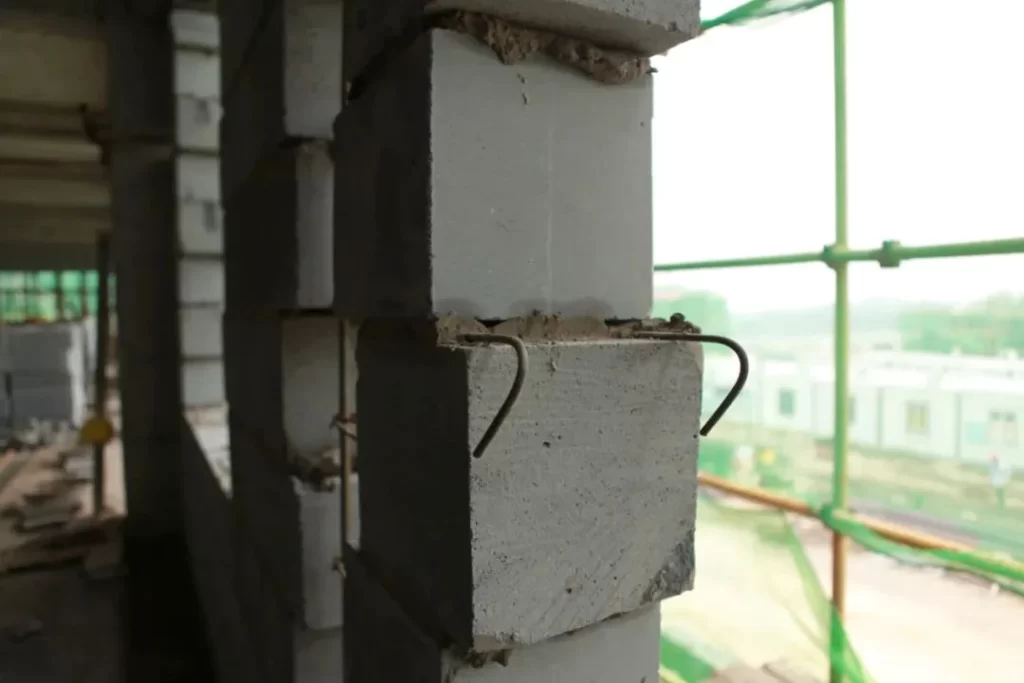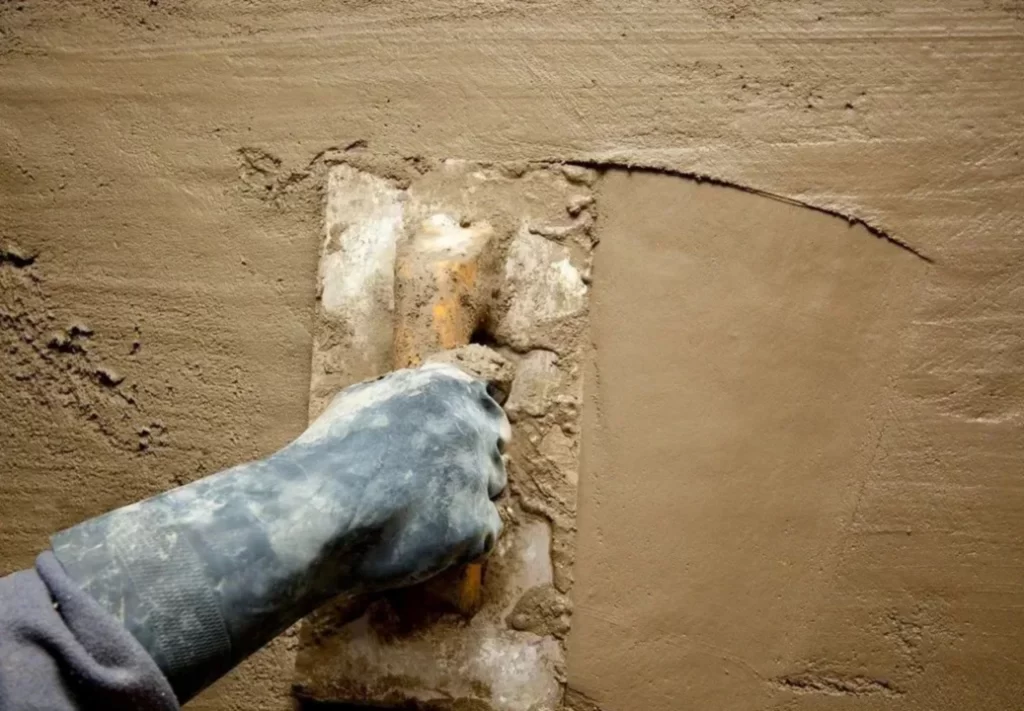Strength analysis of building mortar. What are the influencing factors?
First, the strength of building mortar
In engineering, compressive strength is often used as the main technical indicator of mortar. Mortar mainly plays the role of transferring load in masonry. The test proves that the bond strength and durability of mortar increase with the increase of compressive strength, that is, there is a certain correlation between them, and the test method of compressive strength is relatively mature, and the test is relatively simple and accurate, so the engineering The compressive strength is often used as the main technical indicator of mortar.
The strength grade of the mortar is a cube test block with a side length of 70.7mm. Under the standard curing conditions (the temperature of the cement mixed mortar is 20±2℃, the relative humidity is 60%~80%; the temperature of the cement mortar is 20±2℃, the relative humidity is 60%~80%. 90% or more), determined by measuring the compressive strength at 28 days of age by standard test methods.
The strength grades of masonry mortar are M20, M15, M10, M7.5, M5, M2.5.

Second, factors affecting the strength of mortar
There are many factors that affect the strength of mortar. Experiments show that when the quality of raw materials is constant, the strength of mortar mainly depends on the strength grade of cement and the amount of cement.
Third, the use of building mortar
- Masonry mortar mix design
Masonry mortar mix design should meet the following basic requirements:
(1) The workability of the mortar mixture should meet the construction requirements, and the bulk density of the mixture: cement mortar≮1900kg/m3; cement mixed mortar≮1800kg/m3.
(2) The strength and durability of the masonry mortar shall meet the design requirements.
(3) It should be reasonable economically, and the amount of cement and admixtures should be less.
- Application of masonry mortar in engineering

Cement mortar should be used for masonry in wet environments and masonry with high strength requirements; cement lime mortar should be used in masonry in dry environment; the walls of multi-storey houses generally use cement lime mortar with a strength grade of M5; Columns, brick arches, reinforced brick lintels, etc. generally use cement mortar with a strength grade of M5~M10; brick foundations generally use cement mortar not lower than M5; low-rise houses or bungalows can use lime mortar; simple houses can use lime clay mortar .
Four, plastering mortar
- The concept and function of ordinary plastering mortar
Any mortar applied to the surface of buildings or building components is collectively referred to as plastering mortar. According to the different functions of plastering mortar, plastering mortar can be divided into ordinary plastering mortar, decorative mortar and plastering mortar with some special functions (such as waterproof mortar, thermal insulation mortar, sound-absorbing mortar, acid-resistant mortar, etc.).
The function of ordinary plastering mortar is to protect the wall and the ground from the erosion of wind, rain and harmful impurities, improve the performance of moisture-proof, anti-corrosion and weathering resistance, and increase the durability; at the same time, it can make the building surface smooth, clean and beautiful.
- Technical requirements for plastering mortar
The plastering mortar is required to have good workability, and it is easy to plaster into a uniform and flat thin layer, which is convenient for construction. It should also have high cohesive force, and the mortar layer should be able to bond firmly with the bottom surface without cracking or falling off for a long time. It should also have high water resistance and strength when it is in a humid environment or parts susceptible to external forces (such as the ground, wall skirts, etc.).
- Construction characteristics and methods of ordinary plastering mortar
Ordinary plastering mortar is usually divided into two or three layers for construction. The requirements of each layer of mortar are different, so the mortar selected for each layer is also different. Generally, the bottom mortar plays the role of bonding the base layer. It is required that the mortar should have good workability and high cohesion. Therefore, the water retention of the bottom layer mortar should be good, otherwise the water will be easily absorbed by the base material and affect the adhesion of the mortar. The rough surface of the base layer is conducive to bonding with the mortar. The middle layer of plastering is mainly for leveling, and sometimes it can be omitted. Surface plastering is mainly for smooth and beautiful, so fine sand should be selected.
- Selection of bottom plastering for brick walls, slatted walls and other places
For bottom plastering of brick walls, mostly lime mortar; for bottom plastering of slatted walls or slatted ceilings, mostly mixed mortar or lime mortar; for bottom plastering of concrete walls, beams, columns, roofs, etc. Knife lime or paper-strand lime.
Cement mortar should be used in places prone to collision or moisture. Such as wall skirts, skirting boards, ground, canopy, window sills, pools, wells, etc., generally use 1:2.5 cement mortar.